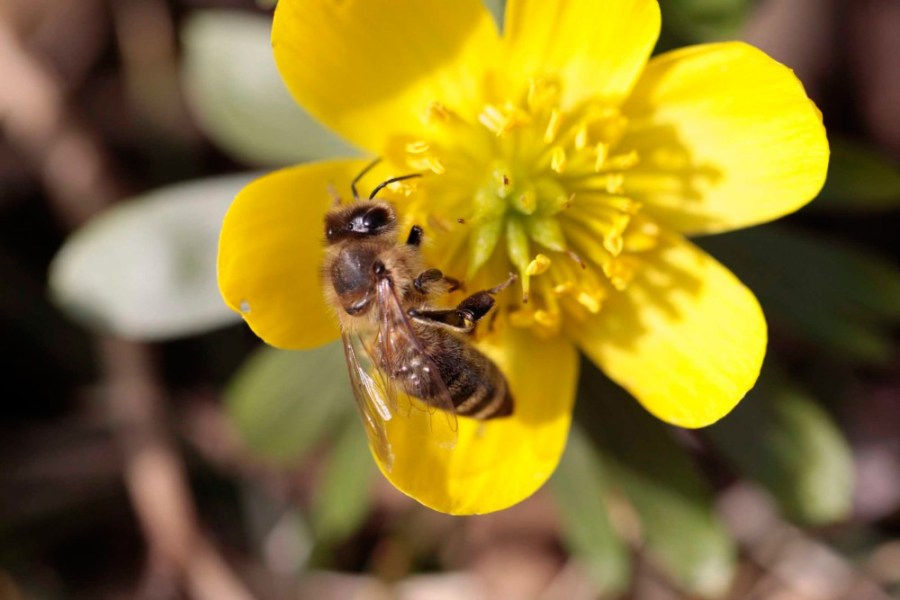A recently published comprehensive study in current biology is set to improve ability to develop new selective insecticides. CPM finds out more.
A joint study by Exeter University, Rothamsted Research and Bayer has discovered enzymes in honey bees and bumble bees that determine how sensitive they are to different neonicotinoid insecticides.
As in other organisms, toxins in bees can be broken down by enzymes called cytochrome P450s. The researchers carried out the most comprehensive analysis of bee P450 detoxification enzymes ever conducted. The study identified one subfamily of these enzymes in bees – CYP9Q – and found it was responsible for the rapid breakdown of certain neonicotinoids, such as thiacloprid, making them virtually non-toxic to bees. Bayer is confident that this knowledge will enable the company to design further bee-friendly insecticides in an even more targeted way, using relatively simple methods (in vitro) at an early stage of a product’s development.
“Identifying the mechanisms that contribute to inherent tolerance helps us, and regulators, to understand better why certain insecticides have a high margin of safety in bees,” said Dr. Ralf Nauen, an insect toxicologist at Bayer and lead investigator of the study.
“The knowledge from our study can also be used to predict and prevent potential harmful effects that result from inadvertently blocking these key defence systems, for instance, by different compounds with synergistic effects in tank mixtures.” Dr.Nauen is confident that the required knowledge and obtained tools will promote innovation and improve Bayer’s ability to develop selective insecticides.
The paper, published in the journal Current Biology, is entitled: “Unravelling the molecular determinants of bee sensitivity to neonicotinoid insecticides.”
Safety before sales applies to all pesticides brought to market. Nonetheless, the safety of neonicotinoid insecticides to bees is a controversially discussed subject and one that, in 2013, led to a ban in the European Union on the use of three compounds on crops that are attractive to bees.
So what does the science say? In general, that 19 of the top 20 insecticides are intrinsically highly toxic. However, even the different compounds in the class of neonicotinoids vary in terms of their toxicity.
By the time it reaches the market, each crop protection product will have cost, on average, $286 million and required 11 years of research and development to ensure the highest safety and efficacy standards. This new knowledge will help to make the development of insecticides, which are broadly applicable and fully compatible with bee pollinators, more efficient.




